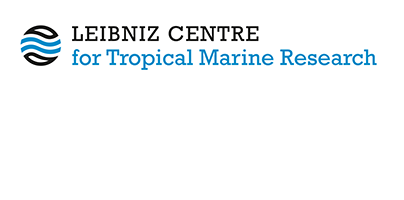Late Quaternary environmental changes in the Lagoa da Curuça region (eastern Amazonia, Brazil) and evidence of Podocarpus in the Amazon lowland.
Behling, Hermann (2001) Late Quaternary environmental changes in the Lagoa da Curuça region (eastern Amazonia, Brazil) and evidence of Podocarpus in the Amazon lowland. Vegetation History and Archaeobotany, 10 (3). pp. 175-183. DOI https://doi.org/10.1007/PL00006929.
|
Text
Behling.pdf - Published Version Restricted to Registered users only Download (1MB) |
Abstract
Late-glacial and Holocene vegetational and climate dynamics and human impact of the eastern Amazon rain forest in the coastal region of eastern Pará State in northern Brazil have been studied in two sedimentary recores from Lagoa da Curuça. Seven radiocarbon dates provide the chronology for two pollen and charcoal records starting from 11,700 and 9440 uncal B. P. to present. Dense and high diverse terra firme Amazon rain forest in the coastal area shows that there was no savanna during the Late-glacial period. The occurrence of Podocarpus trees in the coastal region during the Late-glacial indicate wet and markedly colder conditions at that time. A possible habitat for Pleistocene populations of Podocarpus trees which are now also evident from several other Amazon regions is discussed. There were no rain forest fires between 11,700 and 10,840 uncal B. P. The increase of charcoal particles in the lake deposits after this period suggest an early Amerindian occupation of the coastal region.
| Document Type: | Article |
|---|---|
| Programme Area: | PA Not Applicable |
| Research affiliation: | |
| Refereed: | Yes |
| Open Access Journal?: | No |
| DOI: | https://doi.org/10.1007/PL00006929 |
| ISSN: | 0939-6314 |
| Date Deposited: | 15 Oct 2025 12:05 |
| Last Modified: | 15 Oct 2025 12:05 |
| URI: | https://cris.leibniz-zmt.de/id/eprint/5800 |
Actions (login required)
 |
View Item |





 Tools
Tools Tools
Tools